Grilling salmon is a delightful way to enjoy this versatile fish, infusing it with a smoky flavor and a beautiful golden-brown crust. Whether you’re a seasoned chef or a novice griller, mastering the art of grilling salmon can elevate your culinary skills and provide memorable meals for friends and family. This comprehensive guide will walk you through every step of the process, from selecting the best salmon to serving it with the perfect side dishes. By the end, you’ll be confident in your ability to grill salmon perfectly.
Choosing the Right Salmon
Before you can begin grilling, you need to select the right salmon. There are several types of salmon available, each with its own unique flavor and texture. Here are some popular options:
- Atlantic Salmon: Often farm-raised, Atlantic salmon has a rich, buttery flavor and a tender texture. It’s widely available and relatively affordable.
- Pacific Salmon: This includes sockeye, coho, chinook (king), and pink salmon. Pacific salmon is typically wild-caught and has a stronger, more robust flavor than Atlantic salmon. It’s also leaner and can have a firmer texture.
- Smoked Salmon: While not traditionally grilled, smoked salmon can be an excellent addition to grilled dishes. It adds a unique flavor profile and can be used in various ways, such as topping grilled vegetables or adding to salads.
When choosing salmon, look for fillets that are firm to the touch, have a vibrant color (ranging from deep red to orange), and have minimal bruising or discoloration. Fresh salmon should have a mild, clean scent, with no strong fishy odor. If you’re buying frozen salmon, make sure it’s thawed properly before grilling.
Preparation Techniques
Proper preparation is key to grilling salmon successfully. Here are some essential steps to follow:
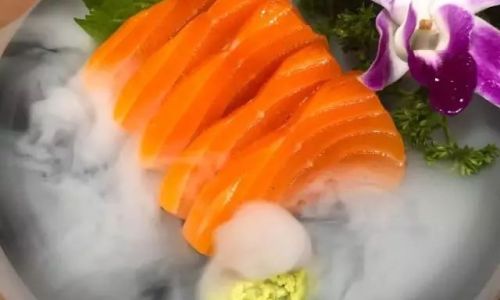
- Brining: Brining salmon can help to keep it moist and flavorful during grilling. Create a simple brine by mixing 1/4 cup of kosher salt and 1/4 cup of sugar with 4 cups of water. Submerge the salmon fillets in the brine for 30 minutes to an hour, then rinse them thoroughly under cold water. Pat them dry with paper towels before proceeding with seasoning.
- Patting Dry: Ensure the salmon fillets are completely dry before seasoning. Excess moisture can prevent the formation of a crispy crust on the grill.
- Seasoning: Seasoning salmon is crucial for adding flavor. Simple salt and pepper can be effective, but you can also experiment with herbs, spices, and marinades. Popular choices include lemon zest, dill, garlic, soy sauce, brown sugar, and honey. Apply your seasonings evenly over both sides of the fillets.
- Marinating: If you prefer a more intense flavor, consider marinating the salmon. A basic marinade can be made with olive oil, lemon juice, garlic, and herbs. Marinate the salmon for at least 30 minutes, but no longer than 2 hours, to avoid over-soaking and making the fish mushy.
Grilling Equipment and Techniques
The type of grill you use and the grilling technique you employ can significantly impact the final outcome of your grilled salmon. Here are some options and tips:
- Gas Grill: Gas grills are convenient and offer precise temperature control. Preheat the grill to medium-high heat (around 375°F or 190°C). Use a grill basket or place the salmon fillets skin-side down directly on the grates if they have a non-stick coating or have been well-oiled.
- Charcoal Grill: Charcoal grills provide a classic, smoky flavor. Set up the grill for indirect grilling by placing coals on one side and leaving the other side coal-free. Preheat the grill until the coals are ash-gray and the temperature reaches medium-high (around 375°F or 190°C). Place the salmon fillets on the indirect heat side.
- Wood-Fired Grill: Wood-fired grills offer an unparalleled smoky flavor. Preheat the grill to medium-high heat and use hardwood chunks or logs for fuel. Place the salmon fillets on the grill grates, adjusting the distance from the heat source as needed to avoid burning.
- Grill Baskets: Grill baskets can be helpful for grilling delicate fish like salmon, as they prevent the fillets from falling apart or sticking to the grates. Make sure the basket is well-oiled before adding the salmon.
- Grill Grates: Non-stick grill grates or those made from cast iron can make grilling salmon easier and more effective. They provide a more even cooking surface and help to create a beautiful crust.
Grilling Steps
Now that you’ve prepared your salmon and set up your grill, it’s time to start cooking. Follow these steps for perfect grilled salmon:
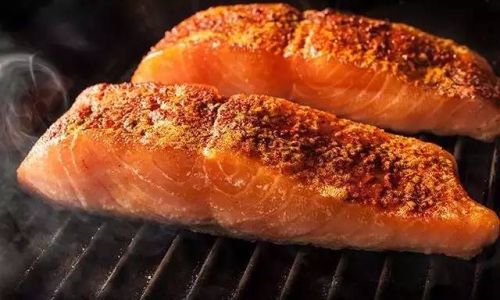
- Preheat the Grill: Ensure the grill is preheated to medium-high heat. This will help to create a sear on the salmon and prevent it from sticking to the grates.
- Oil the Grates: Lightly oil the grill grates to prevent sticking. You can use a paper towel dipped in vegetable oil and held with tongs to apply the oil evenly.
- Place the Salmon: Place the salmon fillets on the grill. If you’re using a grill basket, make sure the fillets are arranged in a single layer. If grilling directly on the grates, consider placing the fillets skin-side down if they have the skin on. The skin will help to protect the flesh from sticking and add a crispy texture.
- Cooking Time: Grill the salmon for about 6-8 minutes per inch of thickness, or until it reaches an internal temperature of 145°F (63°C) for medium-rare to medium doneness. If you prefer your salmon cooked to a higher temperature, cook it for a few additional minutes. Use a meat thermometer to check the internal temperature accurately.
- Flipping: If grilling with the skin on, you may not need to flip the salmon. The skin will protect the flesh and create a crispy bottom. However, if you prefer to flip it or if you’re grilling skinless salmon, do so gently with a spatula after about halfway through the cooking time.
- Basting: If you’re using a basting sauce, apply it during the last few minutes of grilling. This will help to glaze the salmon and add extra flavor without causing it to burn.
- Resting: Once the salmon is cooked to your liking, remove it from the grill and let it rest for a few minutes. This will allow the juices to redistribute, ensuring a moist and flavorful final texture.
Serving Suggestions
Grilled salmon is versatile and can be served in various ways. Here are some serving suggestions to inspire your next meal:
- With Vegetables: Serve grilled salmon with a side of grilled vegetables such as asparagus, bell peppers, zucchini, or corn. This combination provides a balanced meal with a mix of proteins, vitamins, and minerals.
- Over Salad: Place grilled salmon on a bed of fresh greens, tomatoes, cucumbers, and avocados. Drizzle with a lemon-olive oil dressing for a light and refreshing summer dish.
- With Rice or Pasta: Pair grilled salmon with a side of rice or pasta for a hearty, satisfying meal. Consider adding a simple sauce, such as a tomato-based one or a creamy Alfredo, to complement the flavors of the salmon.
- In Tacos or Wraps: Use grilled salmon as a filling for tacos or wraps. Add toppings like shredded lettuce, diced tomatoes, avocado slices, and a squeeze of lime juice for a flavorful and portable meal.
- With Sauce: Serve grilled salmon with a variety of sauces, such as a tangy dill sauce, a creamy garlic sauce, or a spicy sriracha mayo. These sauces can elevate the dish and provide additional layers of flavor.
Storage and Leftovers
If you have leftover grilled salmon, you can store it in an airtight container in the refrigerator for up to 3-4 days. Reheat it gently in the oven at a low temperature (around 300°F or 150°C) to avoid drying it out. You can also use leftover salmon in salads, sandwiches, or wraps for a quick and easy meal.
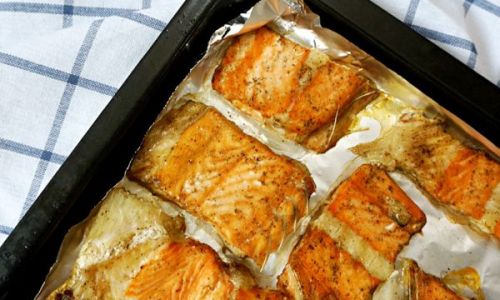
Conclusion
Grilling salmon is a rewarding culinary endeavor that can result in delicious, flavorful meals. By following the steps outlined in this guide, you’ll be able to select the right salmon, prepare it properly, and grill it to perfection. With a variety of serving suggestions and tips for storing leftovers, you can enjoy grilled salmon in many different ways. Happy grilling!

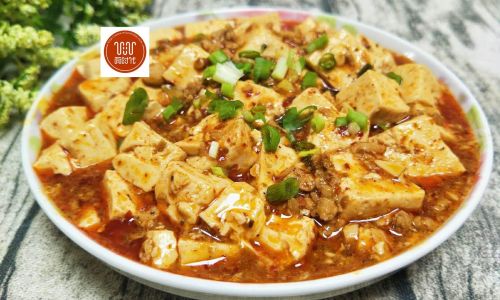
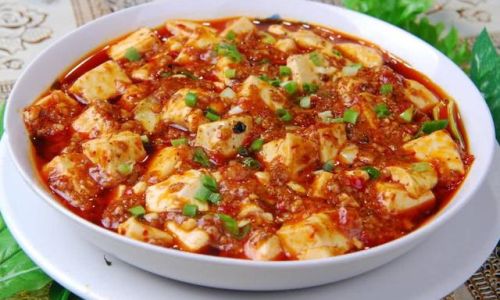
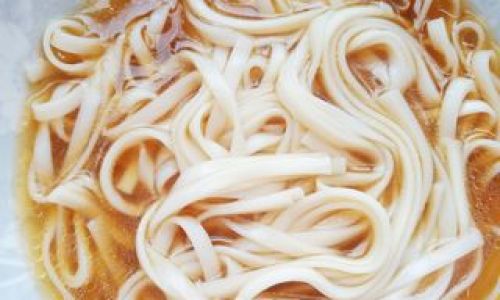
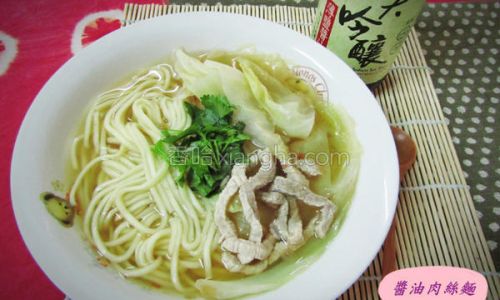

0 comments